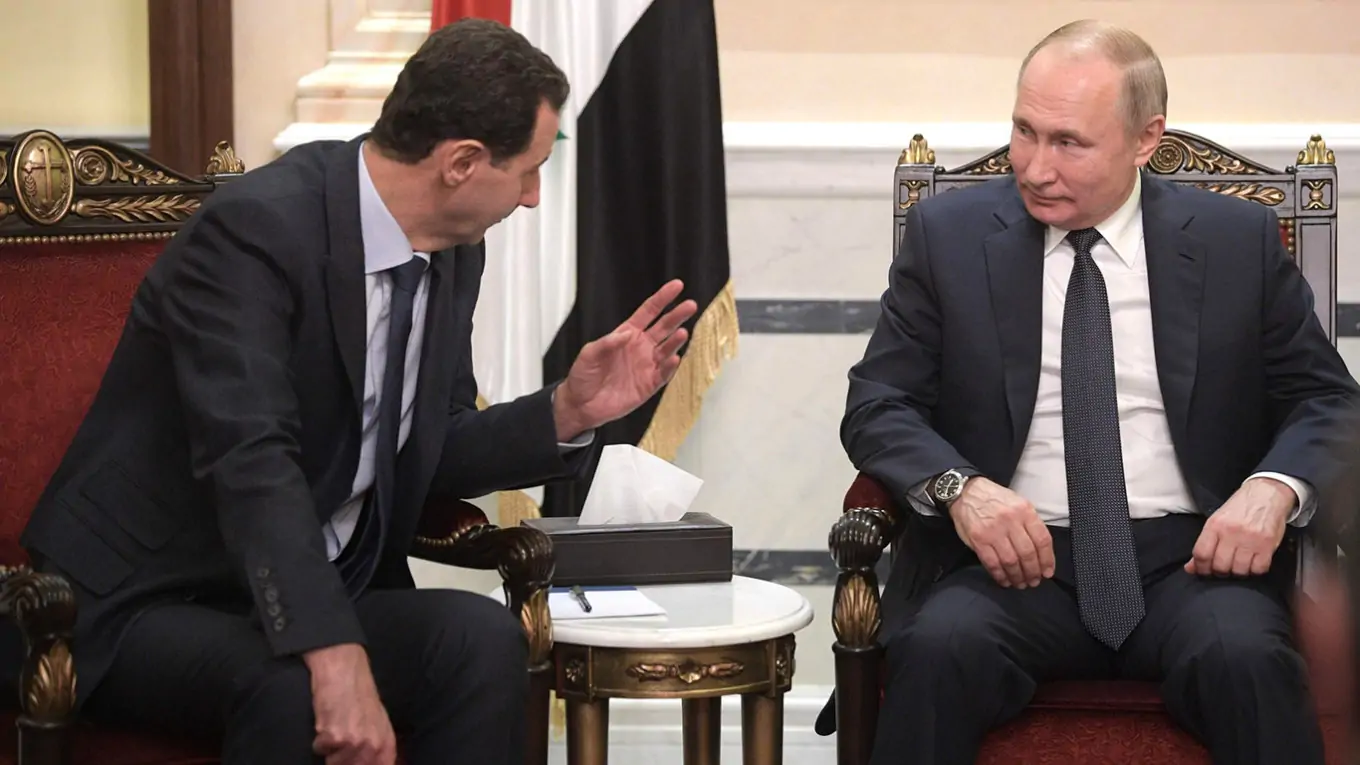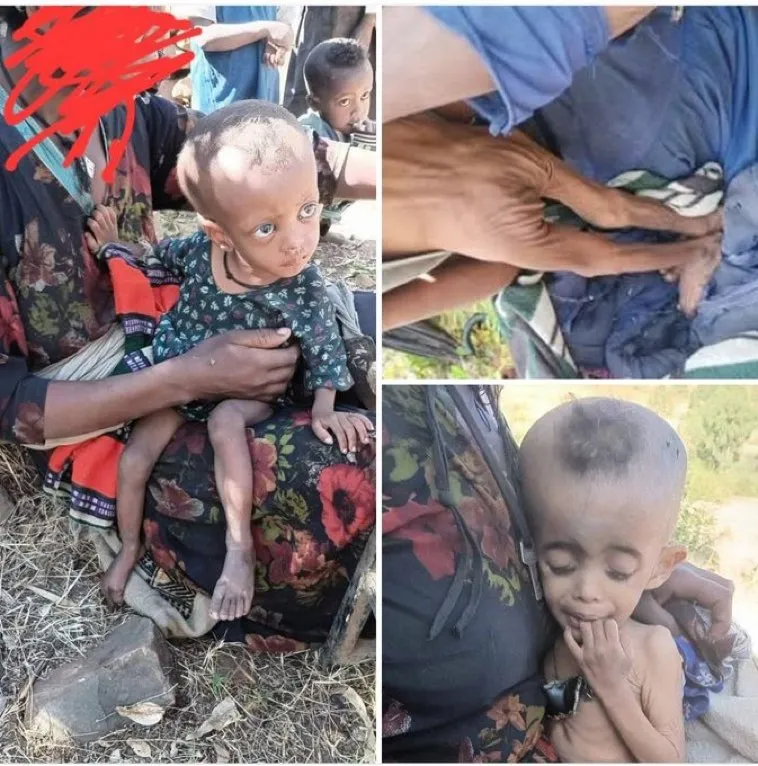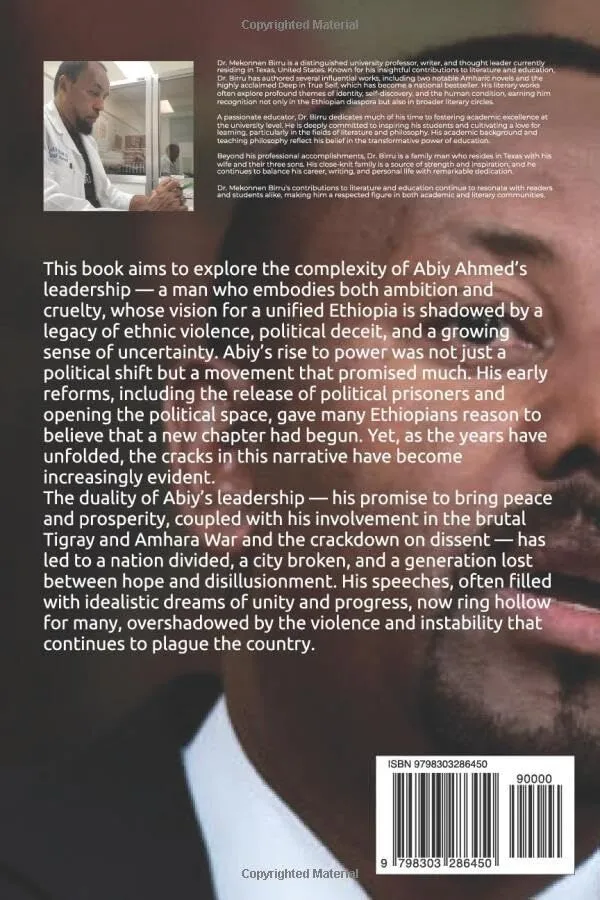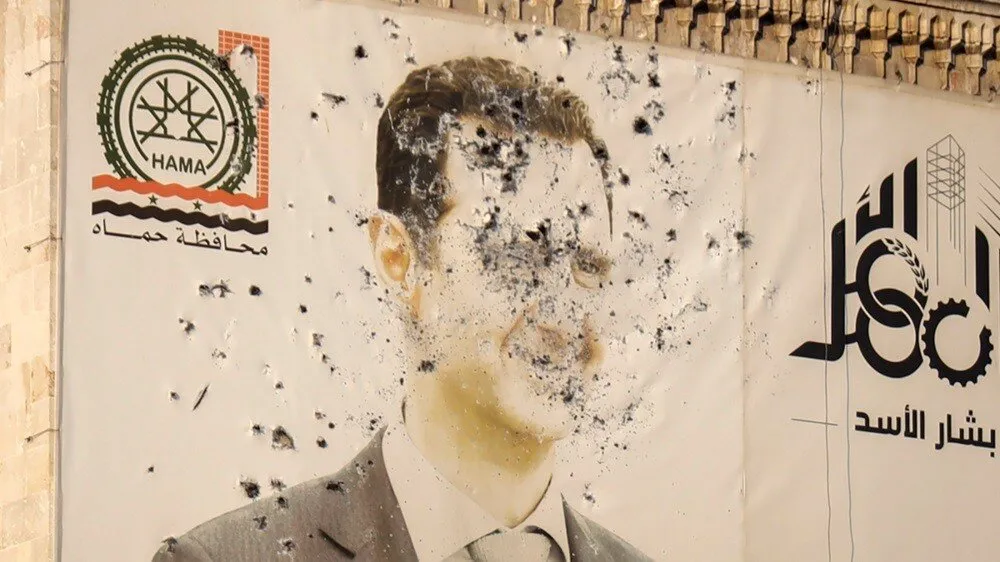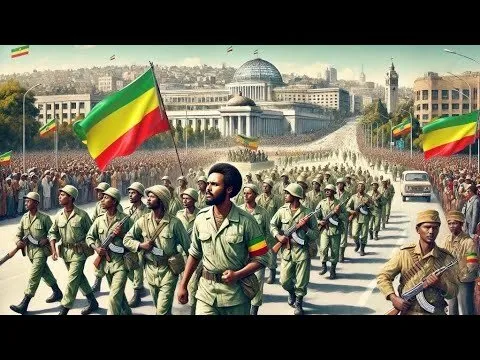On February 5, 2013, Ethiopia’s only and publicly funded Television Station, ETV, aired a controversial documentary during prime time in violation of an outstanding court injunction. Oddly subtitled “Boko Haram in Ethiopia”, Jihadawi Harekat – Arabic for “jihadi movement” – denounces leaders of Ethiopia’s year-long protest movement for alleged links to foreign terrorists.
Muslims in Ethiopia have been protesting the government’s control of the Supreme Islamic Council and its imposition of al-Ahbash, an unknown Islamic sect across mosques in Ethiopia. In a press statement last year, the bipartisan US Commission on International Religious Freedom said: “The Ethiopian government has sought to force a change in the sect of Islam practiced nationwide and has punished clergy and laity who have resisted.” Elected to represent the movement, the accused Muslim leaders were arrested and charged under Ethiopia’s anti-terrorism law when negotiations with the government failed last July.
A joint production of the Ethiopian National Security Agency, the Federal Police and ETV, the film draws a parallel between a local protest movement recognised for its peaceful acts of resistance with Africa’s most notorious terrorist groups such as Nigeria’s Boko Haram, Mali’s Ansar Din and Somalia’s al-Shabaab.
With dozens of journalists, politicians and activists already charged or convicted under its vague and broad anti-terrorism law that criminalises all forms of dissent, the fight against terrorism has become the primary juridical framework within which to legitimise and justify war against political foes. It is the new legal ideology in which these political motives are institutionalised to provide long-standing relationships of domination some legal pretext. In Ethiopia today, America’s “war on terror” is used to short-circuit both the constitution and international criticism.
Making fiction intelligible
Made to portray the Muslim community’s struggle for religious freedom as a terrorist ploy designed to “establish an Islamic state”, Jihadawi Harekat is less about what it describes so much as the alternative reality that it depicts and crystallises. By drawing politically explosive parallels between groups with radically different political presuppositions, the film dramatises and escalates the gravity of the threat. It replays deeply held narratives of the past and accentuates the “evil” embodied by the committee in its attempts to frame them as “public enemies” working towards a common goal with groups that inhabit an entirely different political universe.
To amplify this new reality, that is, the cinematic production of new subjects of terrorism, the film appropriates pre-existing frames of reference that sociologists call “processes of signification”. To augment the parallel, it situates the protest movement in the context of terrorism – a discourse whose antecedent is always Islamic and “whose stereotypical characteristics are already part of socially available knowledge”.
“The film is designed to portray the Muslim community’s struggle for religious freedom as a terrorist ploy to ‘establish an Islamic state’.”
Just because the protest movement shares the antecedent “Islam” with al-Shabaab and Boko Haram, the signification equates a peaceful movement that operates within the framework of Ethiopia’s own constitution with violent groups on the sole basis of their imputed common denominator. The exemplar images of violence embodied by al-Shabaab and Boko Haram are situated within the geopolitical context and cultural idiosyncrasies of Ethiopia to essentialise the association and ultimately render its absurd collocation socially intelligible.
There are temporal, spatial, material and editorial questions that the film cannot account for. By connecting events that took place from East Africa to West Africa, from North Africa to the Middle East, by gathering actors of differing ideological persuasions into unity, by reducing complex and contingent historic and political issues into self-evident mathematical varieties, Jihadawi Harekat inadvertently slips into a crisis it cannot contain or suppress.
One excellent example is a hinge the film uses to connect the leaders of the protest movement to the Muslim Brotherhood of Egypt. In an unedited interrogation clip wrongly broadcasted after the film, the interrogators coerce Abubakar Ahmed – the chairman of the committee chosen to be representative of the Muslim community – into accepting their conclusion that the Muslim Brotherhood and the Salafis have the ultimate goal of establishing an Islamic world under Sharia law.
While the reduction of such complex and contingent issues of historical and theoretical specificity into an either-or binary is emblematic of the logic through which the film establishes its central thesis, I am interested in the logic used to connect the ideologies of the Brotherhood in the Middle East to the protest leaders in Ethiopia. This pivot is a distinguished Qatari public intellectual, Jassim Sultan whose teachings two members of the protest leaders were said to have attended.
In an article that examined the increasing role of Qatar in the politics of the Middle East, The Economist holds up Sultan as an exemplary figure known for his “middle-of-the road” politics, not the extremism depicted in Jihadawi Harekat. Sultan, whom the film accuses of being a middle man between the “extreme ideological orientations” of the Brotherhood and Ethiopia’s “jihadists”, was praised by The Economist as, “a renowned Qatari intellectual, [who] strikes a chord by rejecting the Brotherhood’s demand for strict obedience… derides its slogan, ‘Islam is the solution’, as facile”.
By editing conversations about conversations, copy-pasting interrogations about different spatial, temporal and material co-ordinates into a coherent Ethiopian story, the film seeks to transform the most basic demands for freedom of religion into a joint criminal enterprise with terror groups near and far. Nowhere else is the conjuncture between words and images, facts and fictions, times and spaces, persons and events manifestly absurd as in Jihadawi Harekat.
Instead of generating a moral panic that serves as the material fabric for social control, the film generated consequences that are destabilising the regime. In a statement to the press, a coalition of 33 political parties emphatically denounced the film as yet another spectacle that epitomises the ruling party’s contempt for the constitution and the rule of law.
Boomerang effects
The film, along with the ongoing trial, offers an important window into the cleavage that divides the old Ethiopian Muslim subjectivity from the new. Thanks to the government that never ceases to generate crisis and mobilise the law and its court system to cement this crisis, these events have opened up a space for critical cultural-political awareness.
Muslims in Ethiopia, who conceive their religious subjectivity as apolitical and go about their lives, have begun to realise that their religious identity can be a potent site of subjectification and domination. As one of 20th century’s prescient political thinkers, Hannah Arendt formulates this point; an attack against a specific identity creates spontaneous moment of political self-awareness. “If one is attacked as a Jew,” Arendt said, “One must defend oneself as a Jew. Not as a German, not as a world-citizen, not as an upholder of the Rights of Man.”
Because of the events of last year, there emerged a critical space in which a society that rarely, if at all, engages in questions of law and politics, protested the usurpation of its constitutional guarantees. In their struggle, Muslims in Ethiopia began to see unfair closures and systematic subjections taking place at sites and moments they could not have seen before. The government’s uncanny response to basic demands of religious freedom has created a rare opportunity for a decisive break with a docile political past and for the formation of a new collective consciousness.
Awol K Allo, is the Lord Kelvin Adam Smith scholar at the University of Glasgow Law School, UK. Previously, he was a lecturer in law at St Mary’s University College, Addis Ababa, Ethiopia.
The views expressed in this article are the author’s own and do not necessarily reflect Al Jazeera’s editorial policy.

